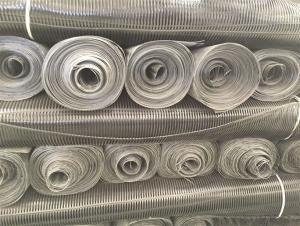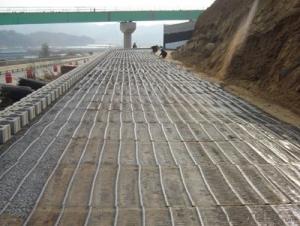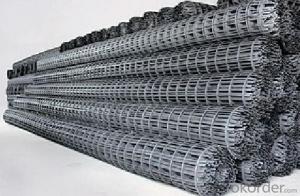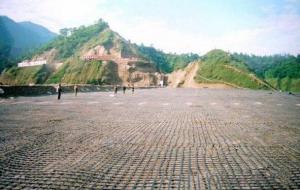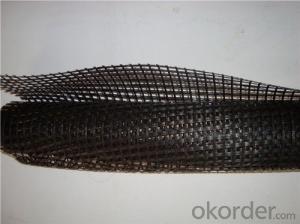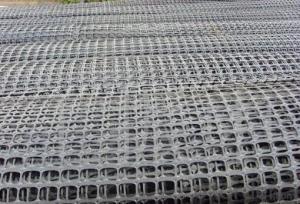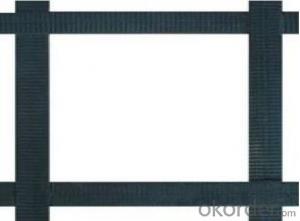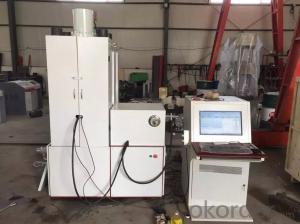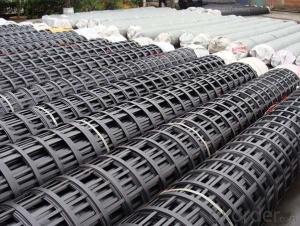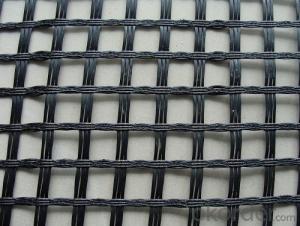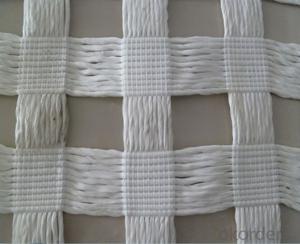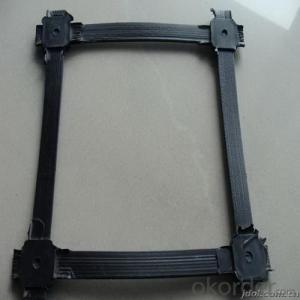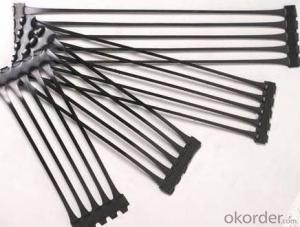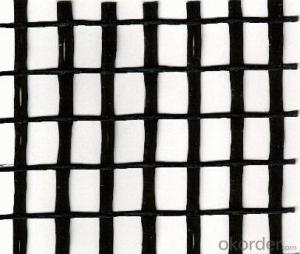Triaxial Geogrid Tensar
Triaxial Geogrid Tensar Related Searches
Geogrid Machine Geogrid Plastic Paver Plastic Geogrid Black Poly Geogrid Geogrid Landscape Fabric Geogrid Fabric Driveway Geogrid Cost Per Square Foot Geogrid Grass Driveway Geogrid Grass Geogrid RollHot Searches
Fiberglass Scaffolding For Sale Fiberglass Panels For Sale Fiberglass Greenhouses For Sale Geogrid Fabric For Sale Gas Powered Core Aerator For Sale Revolution 4 Propeller For Sale Alabaster Carving Stone For Sale Geogrid For Sale Near Me Tensar Geogrid For Sale Geogrid For Sale Ex Display Log Cabins For Sale Photoelectric Cells For Sale Athletic Lockers For Sale Cubicle Partitions For Sale Stearman Propeller For Sale Palram Greenhouses For Sale Gumbo Bowls For Sale Suzuki Propellers For Sale Freight Crates For Sale Outhouse Sheds For SaleTriaxial Geogrid Tensar Supplier & Manufacturer from China
Okorder.com is a professional Triaxial Geogrid Tensar supplier & manufacturer, offers integrated one-stop services including real-time quoting and online cargo tracking. We are funded by CNBM Group, a Fortune 500 enterprise and the largest Triaxial Geogrid Tensar firm in China.Hot Products
FAQ
- What are the criteria for the use of plastic geogrid
- Warp knitted grating, steel plastic grille, plastic grille, fiberglass grille
- Yes, geogrids can be used in reinforced earth bridge piers. Geogrids are commonly used as a reinforcement material in soil structures, including bridge piers, to enhance stability and provide additional strength. They are effective in distributing loads, reducing settlement, and improving overall performance of the structure.
- A uniaxial geogrid is designed to provide strength and stabilization in one primary direction, typically in the longitudinal direction. On the other hand, a biaxial geogrid is capable of providing strength and stabilization in two perpendicular directions, both in the longitudinal and transverse directions.
- Yes, geogrids are suitable for use in sports field construction. Geogrids provide excellent reinforcement and stabilization to the soil, which helps prevent soil erosion and improves the load-bearing capacity of the field. They can effectively distribute the weight and impact from sports activities, ensuring a firm and stable playing surface. Additionally, geogrids have a long lifespan and are resistant to harsh weather conditions, making them a reliable choice for sports field construction.
- Geogrids improve the performance of geosynthetic-reinforced embankments by providing tensile strength and reinforcing the soil, thereby increasing stability and load-bearing capacity. They distribute lateral forces and reduce settlement, preventing slope failure and soil erosion. Additionally, geogrids enhance the overall durability and longevity of the embankment structure.
- Geogrids improve the stability of embankments by providing reinforcement and increased load-bearing capacity. They are placed within the soil layers of the embankment, creating a strong interlocking structure that prevents soil movement and sliding. This reinforcement helps to distribute the loads evenly, reducing potential settlement and improving overall stability. Additionally, geogrids provide resistance against lateral spreading and erosion, enhancing the long-term performance and durability of the embankment.
- Yes, geogrids can be used in stormwater management systems. Geogrids are often used to reinforce soil and provide stability in various construction projects, including stormwater management systems. They can help prevent soil erosion, improve drainage, and increase the overall structural integrity of the system.
- Geogrids and geonets are both geosynthetic materials used in civil engineering and construction, but they differ in structure and function. Geogrids are typically made of high-strength polymer materials, such as woven or knitted polyester or polypropylene, and have a grid-like structure. They are used to reinforce soil and provide tensile strength to the ground. Geogrids distribute loads over a wider area, reducing soil settlement and improving stability. They are commonly employed in applications like retaining walls, roads, embankments, and slopes. On the other hand, geonets are formed by extruding polymeric materials into a net-like configuration. They have a three-dimensional structure characterized by interconnected voids or channels. Geonets are used for drainage purposes, providing a pathway for liquids to flow through the material while preventing clogging. They are commonly used in applications such as landfill liners, subsurface drainage systems, and erosion control. In summary, the main difference between geogrids and geonets lies in their structure and function. Geogrids provide reinforcement and tensile strength to the soil, while geonets facilitate drainage and prevent clogging.





